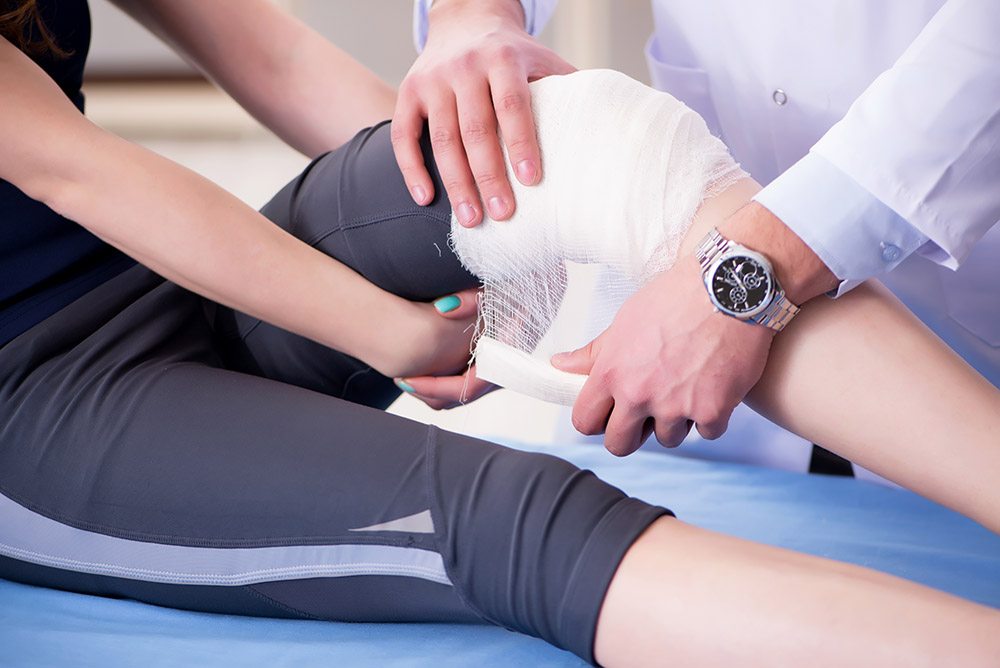Sports Injury

Treatment for a sports injury will depend on factors such as how severe the injury is and the part of your body affected.
Information and advice about treatments for specific injuries:
- back pain
- broken arm or wrist
- broken ankle
- broken leg
- bursitis
- cartilage damage
- concussion
- dislocated shoulder
- hamstring injuries
- heel pain
- minor head injuries
- severe head injuries
- shoulder pain
- sprains and strains
- tendonitis
- tennis elbow
Some general treatments that may be helpful for your injury include:
PRICE therapy
Minor injuries, such as mild sprains and strains, can often be initially treated at home using PRICE therapy for two or three days.
PRICE stands for protection, rest, ice, compression and elevation.
- Protection – protect the affected area from further injury – for example, by using a support.
- Rest – avoid exercise and reduce your daily physical activity. Using crutches or a walking stick may help if you can’t put weight on your ankle or knee. A sling may help if you’ve injured your shoulder.
- Ice – apply an ice pack to the affected area for 15-20 minutes every two to three hours. A bag of frozen peas, or similar, will work well. Wrap the ice pack in a towel so that it doesn’t directly touch your skin and cause an ice burn.
- Compression – use elastic compression bandages during the day to limit swelling.
- Elevation – keep the injured body part raised above the level of your heart whenever possible. This may also help reduce swelling.
Pain relief
Painkillers, such as paracetamol, can be used to help ease the pain.
Ibuprofen and other non-steroidal anti-inflammatory drugs (NSAIDs)tablets or creams can also be used to ease pain and reduce any swelling.
Aspirin shouldn’t be given to children under 16 years old.
Immobilisation
Immobilisation can sometimes help prevent further damage by reducing movement. It can also reduce pain, muscle swelling and muscle spasm.
For example, slings, splints and casts may be used to immobilise injured arms, shoulders, wrists and legs while you heal.
If you have a sprain, prolonged immobilisation isn’t usually necessary, and you should try gently moving the affected joint as soon as you’re able to do so without experiencing significant pain.
Physiotherapy
Some people recovering from a long-term injury may benefit from physiotherapy.
It’s a specialist treatment where techniques such as massage, manipulation and exercises are used to improve range of motion, strengthen the surrounding muscles, and return the normal function of the injured area.
A physiotherapist can also develop an exercise programme to help strengthen the affected body part and reduce the risk of the injury recurring.